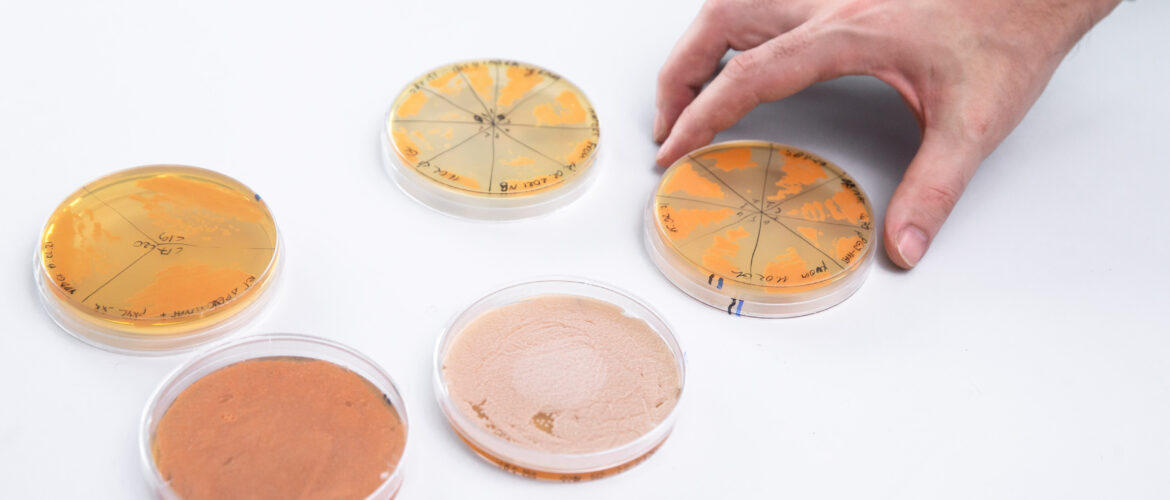The transition towards a clean economy requires novel processes for chemical, material, and liquid fuel production that use sustainable substrates, have improved life cycle, and hence a reduced carbon footprint. Cell factories provide the ultimate platform for this purpose to drive the world economy and mitigate risks emanating from climate change.
In this project, we use computational metabolic modeling to design novel cell factories and metabolic engineering to construct them. We aim to design cell factories which use various organic waste as a substrate to valorize it into food and feed components, but also into bio-materials and chemicals
Related publications:
- Senatore VG, Reķēna A, Mapelli V, Lahtvee P-J, Branduardi P. (2025). Ethylene glycol metabolism in the oleaginous yeast Rhodotorula toruloides. Appl Microbiol Biotechnol, 109, 114, DOI: 10.1007/s00253-025-13504-3
- Reķēna A, Pals K, Gavrilović S, Lahtvee P-J. (2025). The role of ATP citrate lyase, phosphoketolase, and malic enzyme in oleaginous Rhodotorula toruloides. Appl Microbiol Biotechnol, 109, 77, DOI: 10.1007/s00253-025-13454-w
- Sjöberg G, Reķēna A, Fornstad M, Lahtvee P-J, van Maris AJA (2024). Evaluation of enzyme-constrained genome-scale model through metabolic engineering of anaerobic co-production of 2,3-butanediol and glycerol by Saccharomyces cerevisiae. Metab. Eng., DOI: https://doi.org/10.1016/j.ymben.2024.01.007.
- . Genome-scale metabolic modeling reveals metabolic trade-offs associated with lipid production in Rhodotorula toruloides. PLoS Comput. Biol., DOI: https://doi.org/10.1371/journal.pcbi.1011009
- Pinheiro MJ, Bonturi N, Belouah I, Miranda EA, Lahtvee PJ (2020). Xylose Metabolism and the Effect of Oxidative Stress on Lipid and Carotenoid Production in Rhodotorula toruloides: Insights for Future Biorefinery. Front. Bioeng. Biotechnol, DOI: 10.3389/fbioe.2020.01008
- Lopes H.J.S., Bonturi N., Kerkhoven E.J., Miranda E.A., Lahtvee P.J. (2020). C/N ratio and carbon source-dependent lipid production profiling in Rhodotorula toruloides. Appl Microbiol Biotechnol, DOI: 10.1007/s00253-020-10386-5

